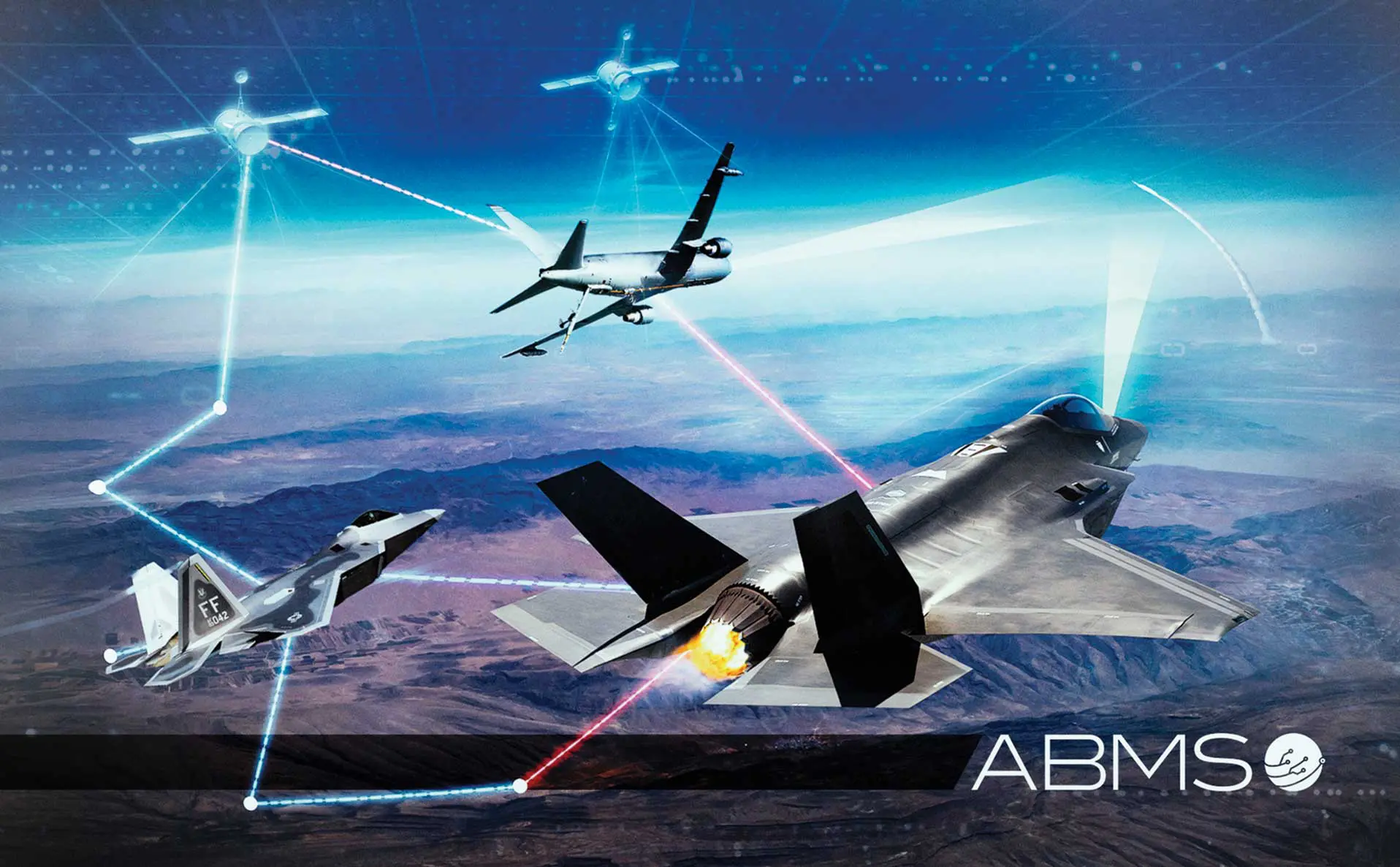The Internet of Things: Will It Help Airmen of the Future?
By MS. KRISTINA KUNKEL, STAFF WRITER
The Internet of Things (IoT) describes the network of physical objects that are embedded with sensors, software, and other technologies for connecting and exchanging data with other devices over the internet. Years ago, many imagined the concept of IoT to include going to the store to purchase a sheet of ordinary-looking stickers that could be activated to trace location. These stickers could be attached to keys or virtually anything else. Then, if one of the items or things were ever misplaced or lost, an app could view and trace the location of each sticker.
In this scenario, the things did not talk with each other, report trends to companies, or store data. However, that was long ago, perhaps before humans realized how much data they would acquire, accumulate, and analyze to gain knowledge. The above scenario, amounting to a simple mercenary exchange, was far from the reality of how interconnected and important IoT would become.
As the term IoT was still emerging in 2018, Matt Reynolds, a writer at Wired magazine, said the term “encompasses everything connected to the internet, but it is increasingly being used to define objects that ‘talk’ to each other†or “connected devices with automated systems.â€
In 2021, the private company GlobalData published a report describing an Internet of Military Things (IoMT) that “uses multiple sensors deployed across various domains to acquire full situational awareness and control over diverse conflict zones and battle areas.†In the same year, the Department of the Air Force moved its Advanced Battle Management System (ABMS)—its version of IoMT—into an operational phase, bringing the system’s tools and technology one step closer for use in the real world.
ABMS is poised to connect sensors, platforms, commanders, operators, and weapon systems for information collection, decision-making, and power projection forces at a pace much faster than ever before. As the Air Force’s contribution to the Pentagon’s Joint All-Domain Command and Control concept, ABMS will assist in processing, securing, and relaying data across multiple domains and in the most challenging environments (where there is minimal or no stable internet connection to help Airmen of the future to keep the mission going).
Earlier this year, the U.S. Air Force sought commercial equipment it could potentially use to bolster ABMS—specifically, machinery that can boost data transfer rates and reduce latency, is hardened against jamming and intercept, and can be scalable.
The Air Force believes that IoT can offer up possibilities for pre-processing, filtering, data reduction, and feature generation—the process of creating new features from one or multiple features and adding new information to a model to make it more accurate.
According to GlobalData: “Advanced military forces have invested in command, control, communications, computers, intelligence, surveillance, and reconnaissance (C4ISR) systems and infrastructure to collect, analyze, and disseminate data. C4ISR systems provide situational awareness. Command and control systems allow those connected to communicate and share information. IoMT works to bring all this information together into a single ecosystem. Information always has been, and always will be, at the center of warfare. Real-time information sharing between military sectors is one of the most important aspects of managing wars. This is especially true when the information type is critical and when timely knowledge will resolve critical situations. IoMT networks can increase situational awareness, response time, and risk assessment. Pervasive IoMT rollout will require an operating system for warfare.â€
For the moment, the IoMT is an emerging concept. A critical step in the progress of any military program, including ABMS, is the establishment of the manpower, resources, and doctrinal infrastructure that reinforce the program. It largely remains to be seen how IoT will change the Air Force, what good it may bring about, and what security threats may accompany its usefulness. Certainly, the U.S. military may not be able to fully share with the public the work they are doing in the field; nonetheless, Airmen are sure to evolve and face the coming age of cutting-edge technology with wit, insight, and adaptability. The Air Force is bound to harness the power of IoT and make it its own in the coming years.


